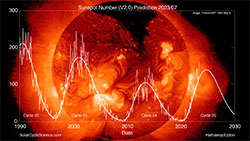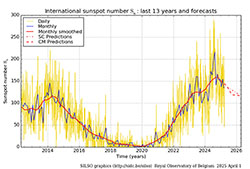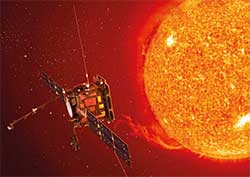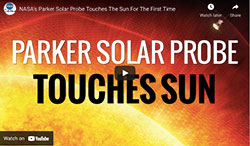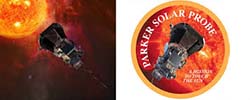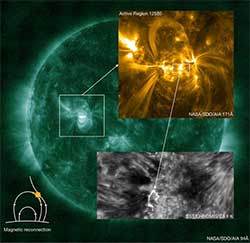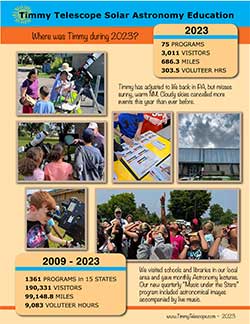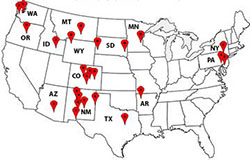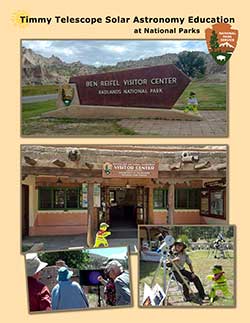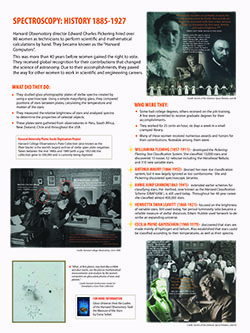
Timmy Telescope Solar Astronomy Education is a SE Pennsylvania informal education non-profit organization dedicated to providing current Earth and Space Science information to the public. Since 2009 we have provided over 1300 free programs to approximately 200,000 children and adults representing the entire spectrum of American society.
During our lessons, largely Hispanic, Native American and African American populations of young people have been able to directly observe and learn about the Sun, the closest star to the Earth. We also focus on the science/career of spectroscopy or how scientists use light. Less than 1% of the world’s population ever gets this opportunity.
These programs have attempted to help fill gaps in classroom, museum or library based programming due to a lack of resources (such as trained experts, and expensive, state-of-the–art equipment). In the future, we would like to provide 1 to 3 hour presentations to organizations needing to supplement their educational programs.
See our video: Roger Kennedy explains our Outreach Presentations
Email to request a presentation
Nuclear in Space with Timmy Telescope
What's new on the Sun?
For the lastest information about the Sun and how it affects the Earth check
- SpaceWeather.com
- Association of Lunar and Planetary Observers: Solar Section
- Inouye Solar Telescope
- NOAA Space Weather Prediction Center (SWPC) |
Solar Cycle Progression [interactive] - Solar Dynamics Observatory (SDO)
- Solar and Heliospheric Observatory (SOHO)
- Solar Terrestrial Relations Observatory (STEREO)
- Advanced Composition Explorer (ACE)
- Large Angle and Spectrometric Coronagraph Experiment (LASCO)
- Ionospheric Connection Explorer (ICON)
What will ICON do? [video] - Magnetospheric Multiscale Mission [MMS]
- additional solar links
Current Research
Observe the Sun| tutorial. New Website from UK Solar Physics showing Past and Present Solar Activity
04/10/2024: Effects of Forbush Decreases on the Global Electric Circuit by J. Tacza, G. Li, J.-P. Raulin. The Earth's atmosphere is constantly bombarded by highly energetic charged particles originating from the Sun, our own Milky Way galaxy, as well as from distant galaxies. These energetic charged particles penetrate Earth's magnetosphere and ionosphere and continually interact with the Earth's atmosphere, and these interactions have a significant impact on our environment. In the context of our research, we are specifically interested in a phenomenon known as Forbush Decreases.
07/05/2023:Sunspot count hits a 21-year high.
05/07/23: Listen to the Sounds of Space (Heliophysics Audified: Resonances in Plasma (HARP)
05/05/2023: `Space waves' offer new clues to space weather, Embry-Riddle researchers report. When solar wind hits the magnetosphere, it creates breaking waves known to scientists as Kelvin-Helmholtz waves. This wave activity is seasonal, researchers found; it increases around the spring and fall seasons (equinoxes) and decreases around summer and winter (solstices). New knowledge on "space waves" could potentially lead to improved space-weather forecasts and safer satellite navigation in radiation belts, as stated by researchers at Embry-Riddle Aeronautical University [Space Weather].
04/12/2023: Study of Long-Term Solar Datasets: Exploring Spatio-Temporal Patterns of Solar Variability on Different Time Scales and Implications in Space Weather". The Sun is a magnetically active star with spatio-temporal variability, which can impact our terrestrial system. Various MHD models can simulate certain aspects of the evolution of the solar magnetic field on different time scales. Recently data-driven models as well as coupling data with models by means of data assimilation and information theoretic approach are being explored. [Solar Cycles]
01/23/2023: Astronomers captured a radio signal from the most distant galaxy. Detecting radio signals emitted by nearby galaxies could help astronomers answer how stars form in distant galaxies. [Spectroscopy]
Events in 2025: 9
Visitors YTD: 325
Events since 2009: 1441
Visitors since 2009: 197,014
2024 Solar Eclipse
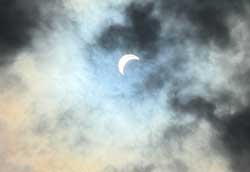
Timmy caught glimpses of the Eclipse through the clouds at Hibernia County Park, Coatsville, PA.
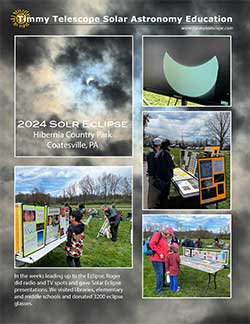
larger image [PDF]
Where has Timmy been?
View pdfs of our events
Timmy enjoys setting up and sharing the Sun with visitors at our National Parks. See which ones he's visited.
Click on the pdf links on Where was Timmy? to view more photos
Learn about the amazing women at Harvard University Observatory known as the "Harvard Computers"
